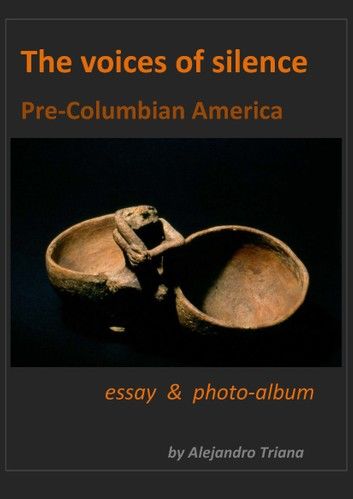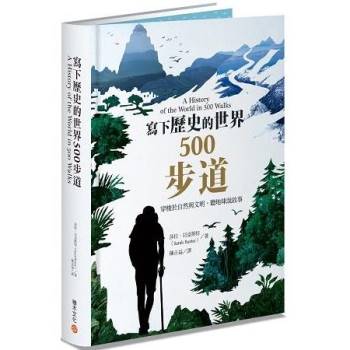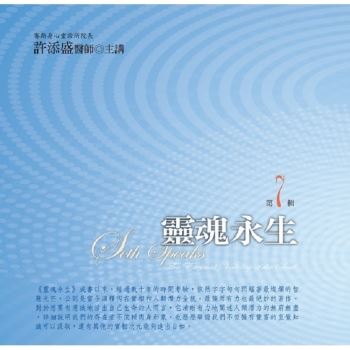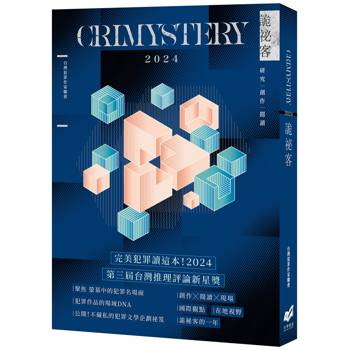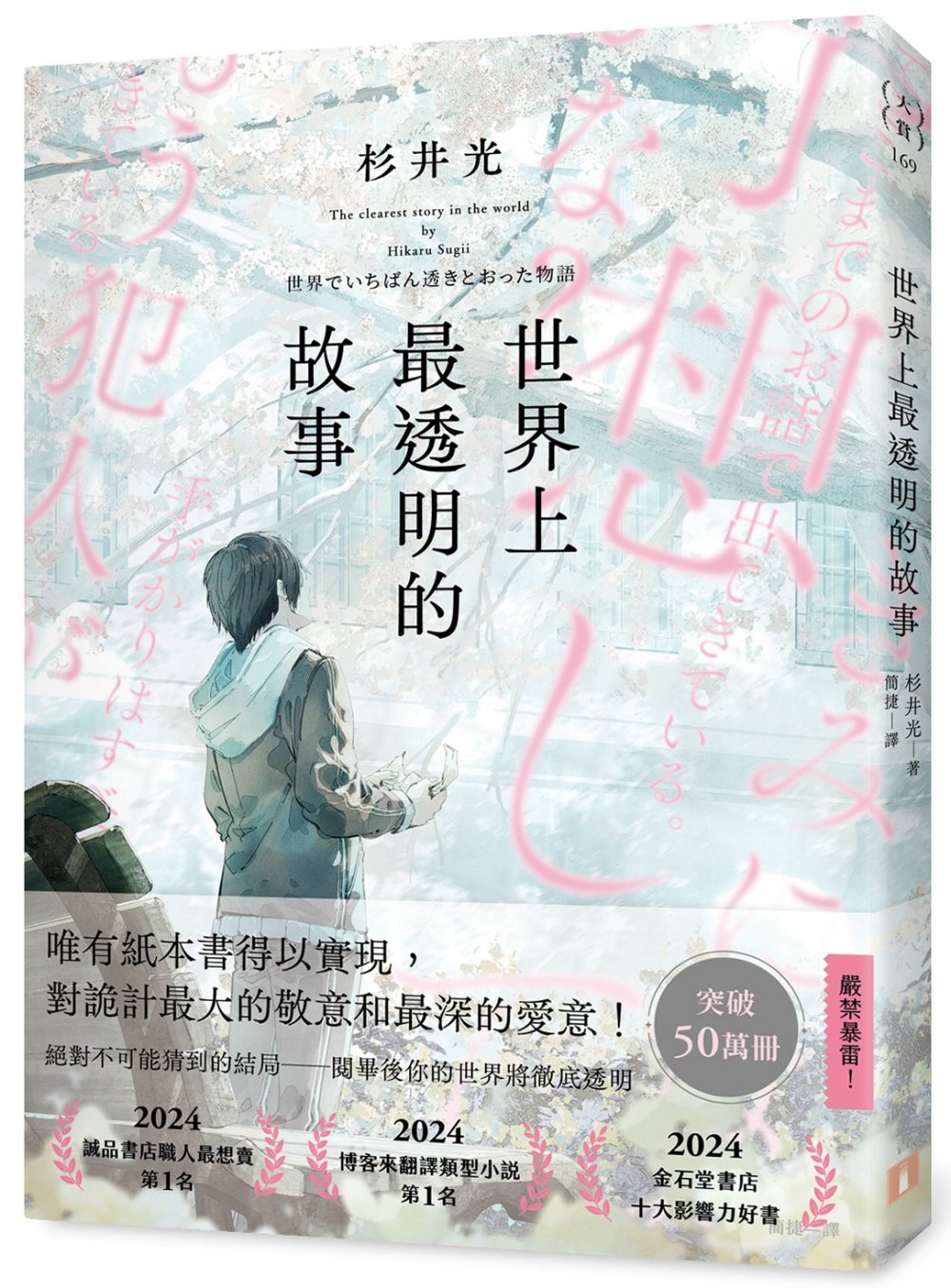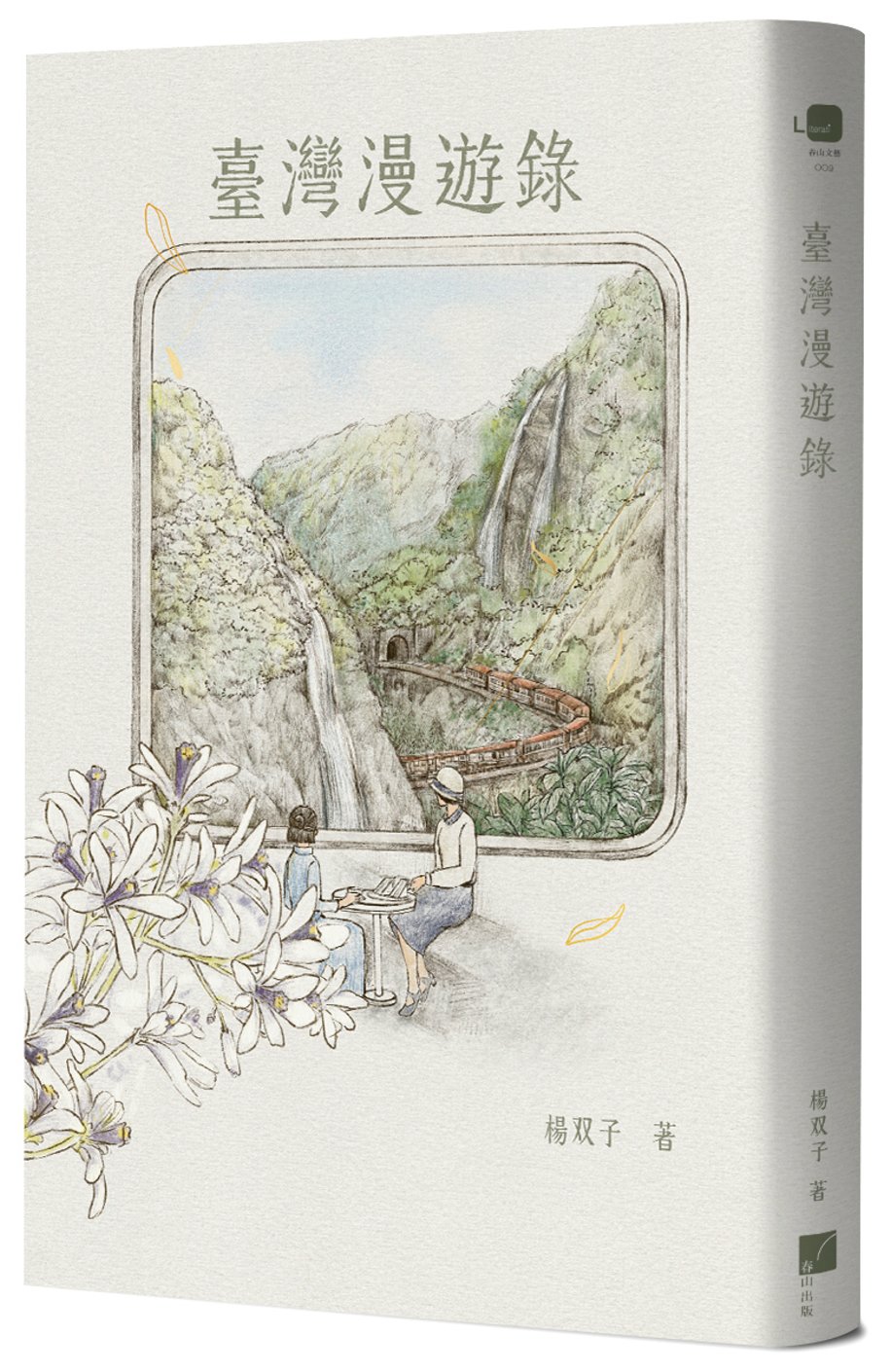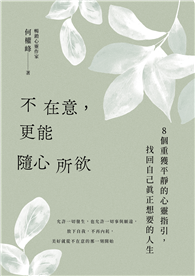We learn that writing marks the boundary between history and prehistory understanding that in America, before the fifteenth century, there was no "civilization" for missing the alphabetical language. But this is only one of the forms of language. Indeed, only a fraction of writing ´s history has been alphabetical. The Phoenician alphabet, the basis of Western culture, comes from the first millennium BC; cuneiform writing on clay tablets in Mesopotamia existed thousand years before. Further back, egyptian hieroglyphs were the form of writing, like today and for thousands of years the graphics strokes of Chinese and Japanese languages. But In the West, just from the nineteenth century, alphabetic literacy encountered with massive non-alphabetic forms of communication: photography (1830), film (1890) and television (1950).
The literary essay with the images that follow take us to look at an epoch without alphabetical writing but with amounted knowledge. The proposal is to look into America when the current national and geopolitical borders did not exist, when women and men daily recreated the utilitarian, symbolic and ritual function of the clay, to appreciate through the voices of silence -the ancient name of sculpture- the knowledge hidden behind the art and history of precolumbian pottery.
